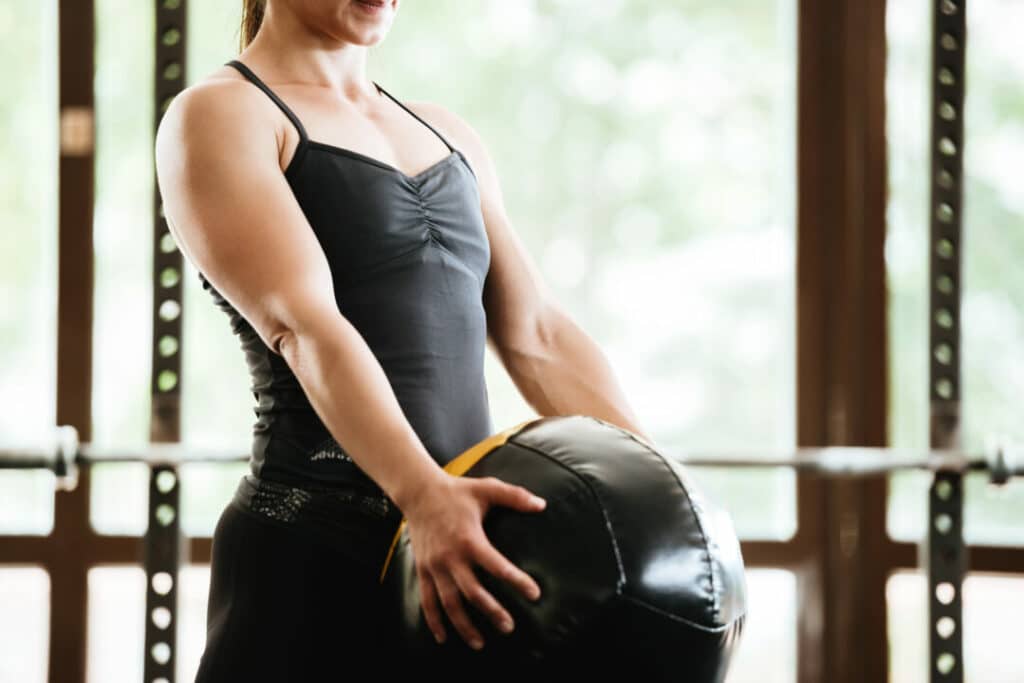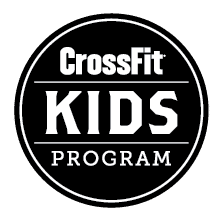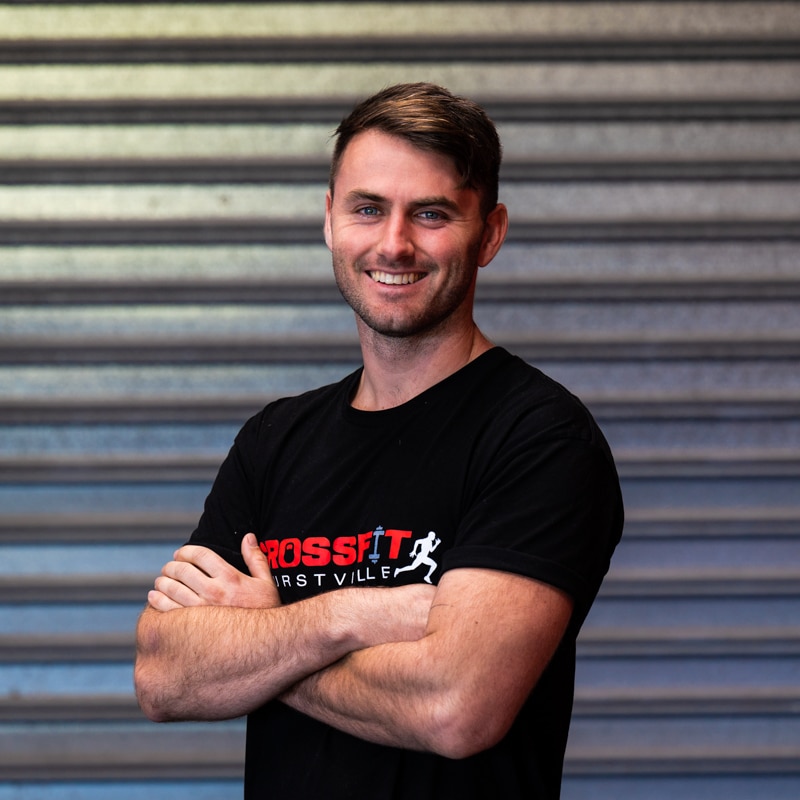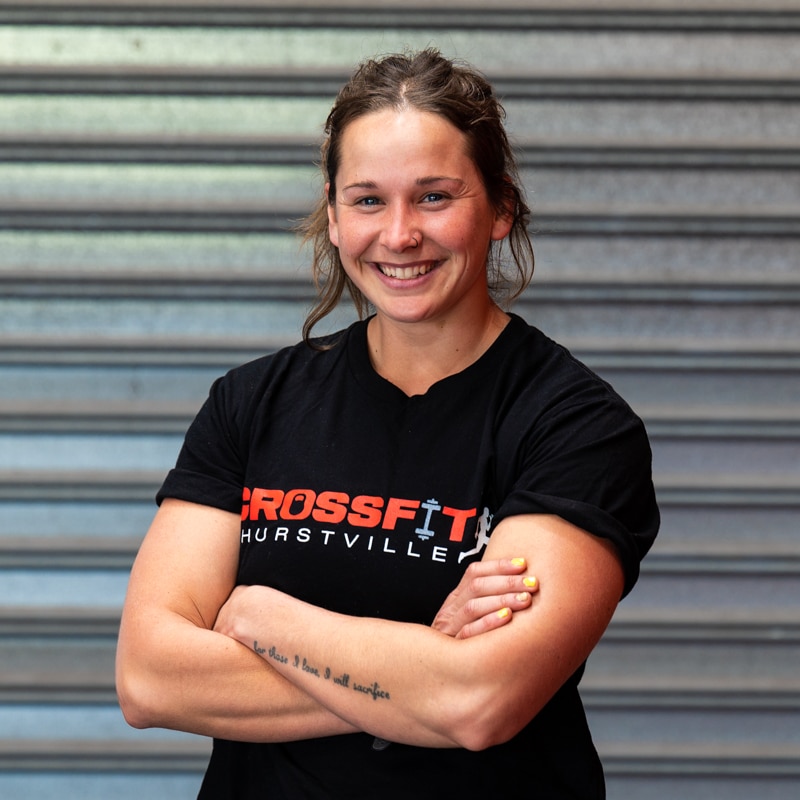You may have heard that in light of a fall in Covid19 cases in NSW, the government has started to ease restrictions.
Up to two adults and their children are now allowed to visit other people in NSW. There is no limit on how many guests someone can have each day, as long as there are no more than two adult visitors at a time.
You may have also heard some murmurs that trade restrictions will be eased soon as well – including Fitness related business and activities.
As exciting as this is, and trust me, I am excited, we need to approach this time with some caution.
A common mechanism for injury is a sudden spike in volume or intensity of training.
That means from one week to the next, there is a significant increase in the amount you train, or how hard you train, or both.
Given that there has been a significant decrease in everyday activity levels across the board over the last 4-6 weeks, we need to approach the return to the gym and/or training intelligently.
A very common mistake people make when returning to training after an extended period of time off, is going straight back into high Intensity, high volume training, without any gradual progression.
If you do that once covid restrictions are eased, expect to get injured!
Instead, your return to the gym and/or training needs to take into consideration the changes that have occurred in your training over the last 4-6 weeks.
It also needs to take into consideration the physiological changes that may have occurred in your body due to the changes in your training.
Think about the following:
- Has your incidental exercise level decreased? (ie- physical activity involved in travel to and from work)
- Has your training volume decreased? (ie- training less days in the day/week and/or shorter training sessions)
- Has the intensity of you training decreased? (ie- less load on the barbell, or not working as hard due to various reasons including access to equipment or your training environment)
- Do you feel as strong as you were 6 weeks ago?
- Do you feel as fit as you were 6 weeks ago?
The answers to these questions should influence how often you return to the gym or training, and the intensity at which you train when you return
For example,
- If you have not been training at all over the last 6 weeks, start off with 2-3 days at light to moderate intensity and over the course of 4-6 weeks, first increase volume, and then intensity
- If you have been training consistently, but due to lack of equipment, have only incorporated bodyweight training, when you return to weightlifting, work off an RPE scale (rate of perceived exertion) rather than percentages, as your absolute strength levels would have decreased
- If you haven’t been able to do any bodyweight pulling work on a bar since the gym closed, do not start trying to get your first bar or ring muscle up as soon as you re-enter the gym. Spend 2-4 weeks loading that movement first, and getting stronger through full range of movement, before increasing the movement complexity
The excitement of the return to normality combined with an absence of fatigue is going to give you an air of confidence returning to the gym
Enjoy the return, soak up the social interaction, but please be smart
You may not be as strong or as fit as you were 6 weeks ago
It’s time to rebuild so roll up the sleeves, leave your ego at the door, and let’s get this show back on the road
Paul Kiely
Head Coach














